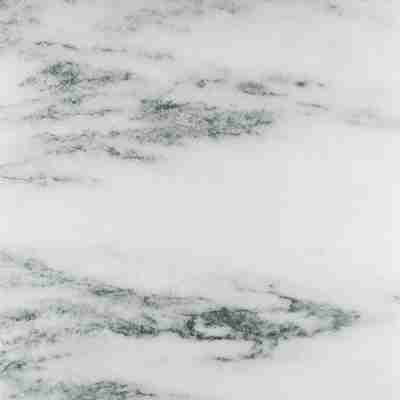May 22,2022
Marble Countertops: 9 Tips for Choosing a White Marble Slab
by David Stewart
When it comes to selecting kitchen countertops , marble remains the top choice for many homeowners. It’s no surprise that marble countertops and backsplashes are so popular—the material has been attracting fans for millennia.
“Marble is a natural material with great variety, depending on which species you select and how it’s cut,” says Russell Groves , the principal architect behind Groves & Co. “It creates a really lovely natural pattern, which you don’t get with a lot of artificial materials.”
Among marble options, white marble takes the cake. “You won’t find anything as white in nature as white marble,” adds Evan Nussbaum, a vice president at Stone Source in New York. “You just don’t get that color and kind of figuring in any other type of natural stone."
But marble is not a perfect product. While good-quality marbles, such as the world-famous products from Carrara, Italy, are dense and relatively nonporous—which makes them durable and stain-resistant—they also have weaknesses. A nonfoliated metamorphic rock, marble is generally composed of calcium carbonate (the same ingredient used in antacids such as Tums) or magnesium carbonate, which react to acids. An acidic kitchen liquid like lemon juice or vinegar can etch marble, leaving a dull, whitish mark where it has slightly eaten away the surface, even after the marble has been sealed.
But as long as you choose carefully, know what to expect, and care for white marble countertops, they can be a beautiful, functional choice for your kitchen design that lasts a lifetime.
Ahead, we've rounded up expert tips on how to choose the perfect slab of marble—so if you're on the market for marble countertops, keep reading!
1. If you're concerned about stains, stick with white marble.
Although many people automatically think of creamy, white stone when they think of marble, “there are hundreds of varieties,” says Jason Cherrington , founder and managing director of the U.K.-based stone company Lapicida, including types that are taupe, green, gold, red, and black. For marble kitchen countertops, however, Nussbaum generally recommends sticking with white marble. Because acid etching leaves a whitish mark, it is much more noticeable on colored marble than on white marble. “We put a thousand caveats on any dark marble or nonwhite marble being used for kitchen countertops,” he says, “but it’s a personal choice.”
While classic Italian white marbles like Calacatta and Statuario are generally excellent quality and a great kitchen idea, Nussbaum points out that equally high-quality marbles are available closer to home, including Vermont Danby and Colorado Yule.
2. Consider how the different marble slabs will come together.
Every stone slab is slightly different, so it’s ideal to select the exact pieces of stone that will be used for your countertops. “There’s an art to marble—selecting the slabs and understanding where the veining is going to be located on the countertop,” says Groves. “You want to artfully place the markings so that it’s almost like a painting.”
At the same time, it’s important to consider how different pieces come together. “The longer the piece you can get without any seams, the better,” says Groves. “If you do have seams, it’s always nice to book-match the marble,” so adjacent pieces have a mirrored appearance.

3. Take veining patterns into account.
Every quarry is different, but it’s possible to cut certain types of marble blocks two different ways to achieve unique veining patterns. Cross cut, or fleuri cut, results in stone slabs with “an open flowered pattern,” says Nussbaum, which looks fairly random and is ideal for book-matching. Vein cut, or striato, slices the block the other way to achieve a linear, striped appearance.






